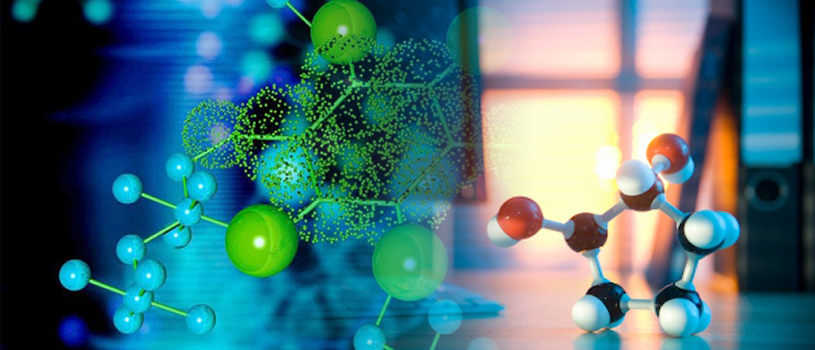
Airbus Group says it is developing the CityAirbus, an autonomous air taxi for individual passenger and cargo transport, scheduled to fly late next year.
Helsinki, Finland is road-testing autonomous buses as part of the effort to make the city car-free within a decade.

In Germany, the world’s biggest passive housing complex is currently under construction. The solar-powered Heidelberg Village will comprise 162 units and a host of sustainable features, including rooftop and vertical gardens.

The farm, off the coast of Grimsby, will span 480km2 and provide power to 1.8M homes.

Engineers program human cells to store complex histories in their DNA.
Hybrid Air Vehicles Airlander 10, the world's largest aircraft, successfully completed its first flight from Bedfordshire, UK. The aircraft is filled with helium, has a total weight of 20000 kg and a payload capacity up to 10000 kg.

A new device created harnesses the sun's light to disinfect water in 20 minutes flat.

Based on experiments conducted in Hungary by another team of scientists that reached an erroneous conclusion, theoretical physicists at UC Irvine announced they may have come across a fifth fundamental force of nature.

Neuroscientists have identified the neural networks that connect the cerebral cortex to the adrenal medulla, which is responsible for the body's rapid response in stressful situations. These findings provide evidence for the neural basis of a mind-body connection.
China has launched the very first quantum satellite developed by a team of Chinese and Austrian scientists. The rocket took to the heavens from the Jiuquan Satellite Launch Centre in north west China.

Earlier in its history, the second planet from the sun may have had a liquid water ocean and temperatures suitable for life, a new study shows.

Scientists from Oxford University and UCL have identified part of our brain that helps us learn to be good to other people. The subgenual anterior cingulate part of the brain seems to be especially tuned to benefiting other people.

Researchers at MIT have just completed the most comprehensive study yet and have reached a clear conclusion: electric vehicles can meet drivers' needs enough to replace 90 percent of vehicles now on the road.

According to a new study, researchers at the Joint Quantum Institute (JQI) at the University of Maryland have created the first programmable and reprogrammable quantum computer.

The green airplane of the future will tackle some of aviation’s biggest environmental challenges including fuel efficiency, noise and plane washing.